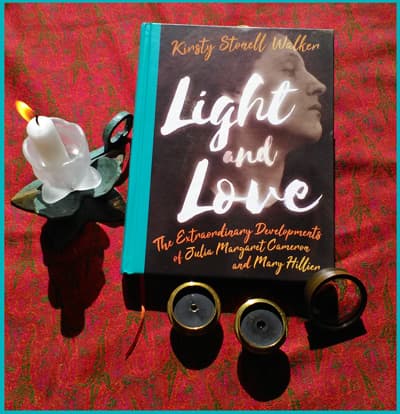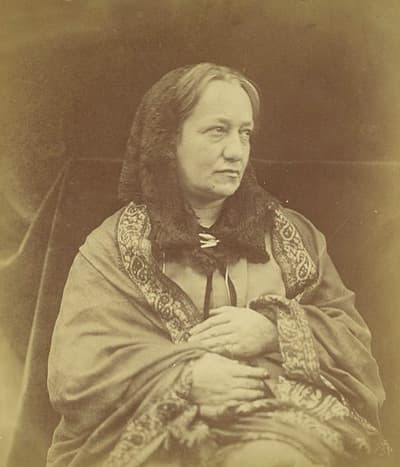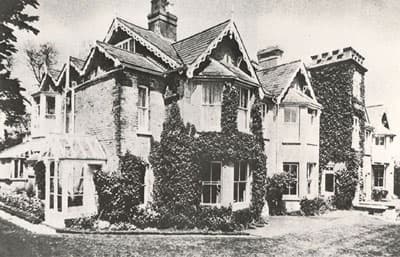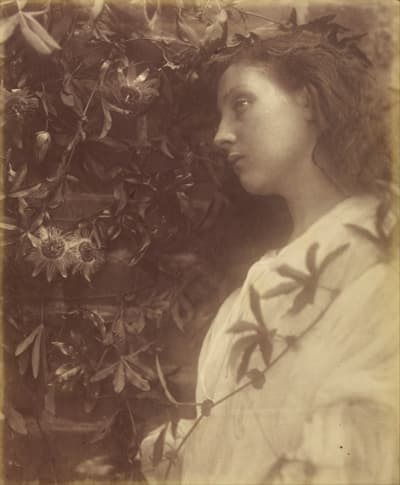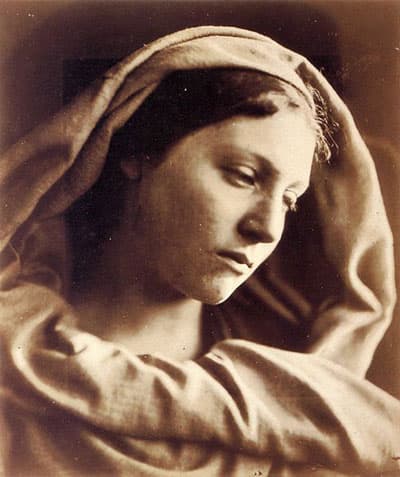Final Chapters - Mary after Julia
Julia Margaret and her husband left England in 1875 to return to their plantation life and their family in Ceylon. And it is at this point that the two women's unusual relationship comes to an end. The final chapters, therefore, could easily fall pray to being something of an anticlimax. But they do not. The life of Mary after Julia was eventful and wholly reflective of a time of considerable social change in England and, indeed, much of Europe. Mary remained in the village of Freshwater. She married and had children, some of whom were lost in the dreadful carnage of the First World War.
Mary as 'Mother'
At quite an early age her sight began to fail, possibly hastened by an earlier exposure to so many toxic chemicals in the darkroom of her former employer. In this context, there is a most poignant observation, accompanied by a photograph of a household medical book, which, all these many decades later, still tends to fall open on those pages dealing with eyesight - so often must it have been consulted and contemplated with a mixture of sorrow and foreboding.
Curiously, too, for the remainder of her days, Mary never consented to have her photograph taken by anyone else.
